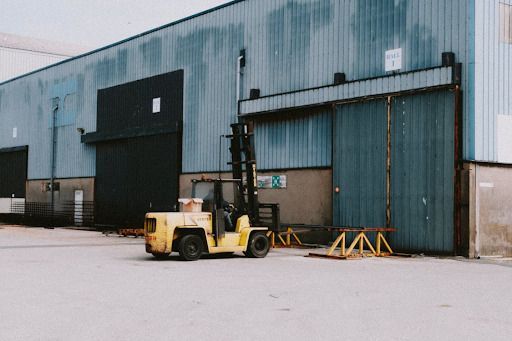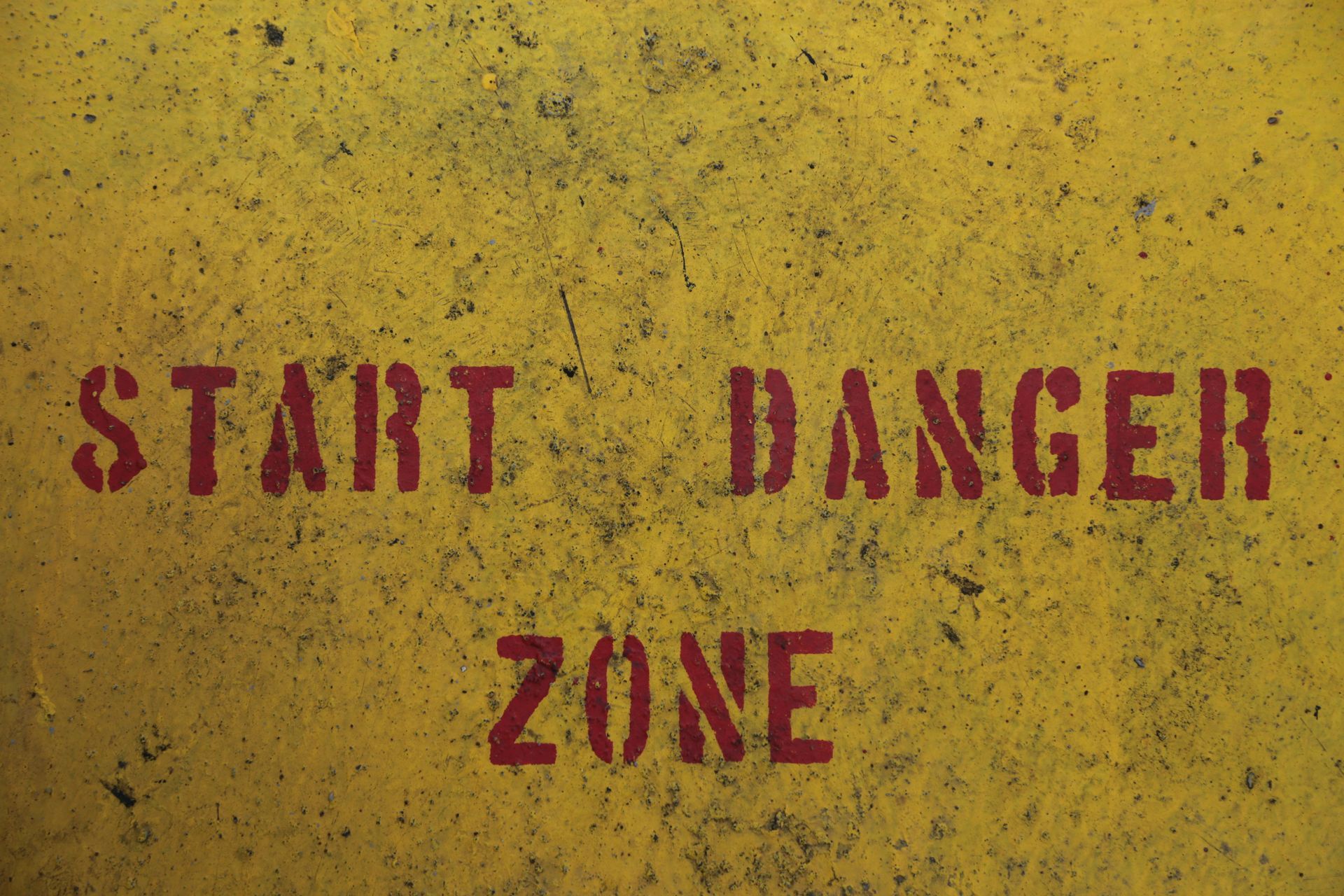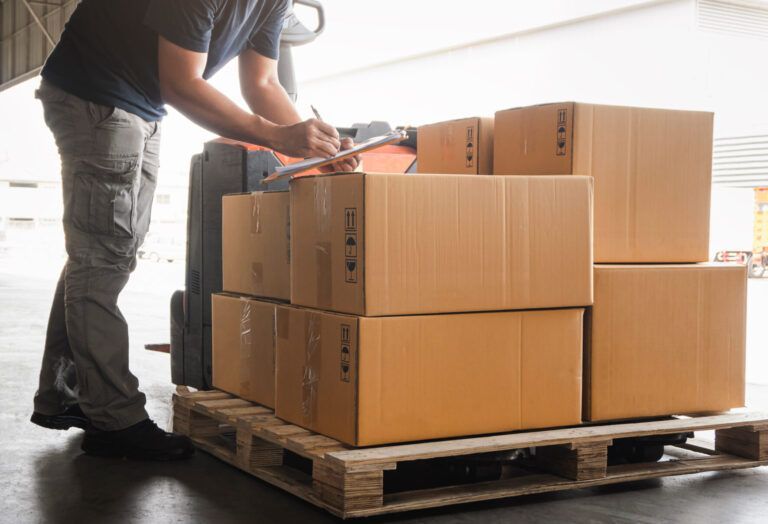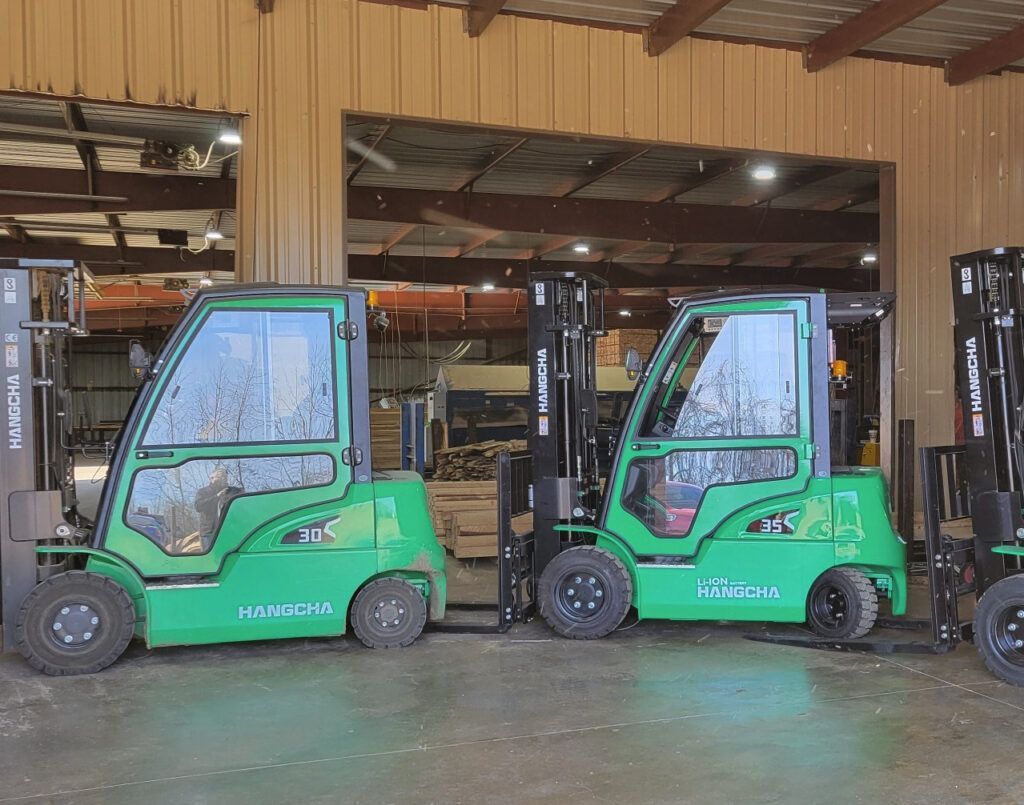Forklift Hazards to Avoid
Safety hazards are everywhere in a warehouse, but that’s especially true regarding forklifts. OSHA estimates that each year there are 85 fatal accidents on forklifts and 61,800 non-serious incidents attributed to forklifts. Knowing which common forklift hazards and accidents you can prevent is the best way to start being safer in and around the warehouse.
Not Enough Training and Education
OSHA requires every forklift operator to be thoroughly and properly trained before using the equipment. That’s not always a guarantee; accidents are much more likely when operators don’t have the proper education on how to use the lift. It may be tempting to cut corners, but that could end in disaster. Take these precautions:
- Train operators based on the resources provided by OSHA
- Take the time to administer the training properly
- Follow up the initial training with continued education
- Create a culture of safety from the top down
Forklift Equipment Failing
Like any other piece of equipment in your warehouse, forklifts must be regularly maintained and repaired if necessary — or even replaced. Worn breaks, fluid leaks, and worn or damaged tires can cause the lift to malfunction and cause an accident. Prevent mechanical failures with these tips:
- Always conduct OSHA-required pre-shift inspections
- Have equipment regularly serviced
- Take damaged lifts off the warehouse floor
- Upgrade equipment when it becomes too old or costly to repair

Forklifts Rolling Over
Forklift rollovers are the most common accidents and also the most fatal. Rollovers are caused by turning too quickly, unbalanced or overweight loads, abrupt movements, turning on an incline, or driving on uneven surfaces. If this happens, operators should lean into and brace for impact. Remember — always wear your seat belt! Here are tips to prevent rollovers:
- Follow OSHA-required speed limits
- Slow down when turning around corners
- Don’t ever exceed the lift’s load weight capacity
- Only raise or lower your lift’s load when the forklift isn’t moving
- Descend inclines before turning
- Keep loads as low to the ground as possible for stability
- Drive lifts on smooth, even surfaces only
Accidents with Pedestrians
It’s not just forklifts that frequently travel through warehouses. There’s also plenty of pedestrian traffic, which makes these types of accidents so common. When lift drivers are fatigued, distracted, or careless, they can often run into pedestrians. This can also happen when drivers ignore traffic signs and signals. Don’t let this happen in your facility:
- Encourage frequent breaks to combat worker fatigue
- Use extra care when operating around pedestrian traffic
- Separate pedestrian traffic lanes from forklift lanes
- Use floor markings or tape to help keep drivers and pedestrians safe
- Install warning lights and backup alarms on forklifts

Tipping or Toppling Over
Transporting loads like boxes and pallets are pretty straightforward, but things change quickly when lift operators tackle small or oddly-shaped loads. Toppling or falling loads happen when they are off-center or loose, the mast is tilted or moved too fast, or the forks on the lift are bent. Some tips for preventing falling loads:
- Don’t transport loose or damaged loads
- Tilt the mast smoothly and slowly
- Use a load backrest to prevent items from falling backward
- Conduct visual inspections before and after every shift
Don’t let forklift accidents happen in your warehouse. Knowing the most common forklift hazards, what causes them, and how to take steps to prevent them can keep everyone safe. If you need a team of experts to help keep your forklift fleet operating correctly, contact us today ! Benco customers count on us to ensure their industrial equipment is in top shape.
We perform routine preventative maintenance and inspections of material handling equipment to minimize breakdowns. We are dedicated to providing the critical sales, service, and repair you need to keep your warehouse running smoothly.
The post Forklift Hazards to Avoid appeared first on Benco Industrial Equipment.




